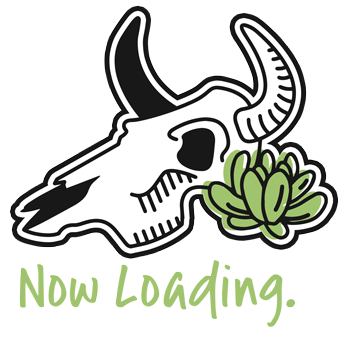
31 Mar The new Red Series is here!
We are very proud to announce our brand new RED SERIES is now available. 5 new designs were hand crafted by our artist Keena Wolff, check out our interview with the artist HERE.
A little about each design:
Chile Pepper: Red or Green? That’s always the question. We went with red this time, for the aptly named series. The substances that give chili peppers their pungency (spicy heat) when ingested or applied topically are capsaicin (8-methyl-N-vanillyl-6-nonenamide) and several related chemicals, collectively called capsaicinoids.
Hispanic Rose: A beautiful Latina with a rose in her hair and a cross necklace, what more could you ask for?
Sacred Heart: The Sacred Heart is often depicted in art as a flaming heart shining with divine light, pierced by the lance-wound, encircled by the crown of thorns, surmounted by a cross, and bleeding. Sometimes the image is shown shining within the bosom of Christ with his wounded hands pointing at the heart. The wounds and crown of thorns allude to the manner of Jesus’ death, while the fire represents the transformative power of divine love.
June Bug: We tied string to June bugs a lot when we were kids, did you?
Sugar Skull: A calavera [plural:calaveras] (Spanish -pronounced [kalaˈβeɾa] for “skull”) is a representation of a human skull. The term is most often applied to edible or decorative skulls made (usually by hand) from either sugar (called Alfeñiques) or clay which are used in the Mexican celebration of the Day of the Dead (Día de Muertos) and the Roman Catholic holiday All Souls’ Day. Calavera can also refer to any artistic representations of skulls, such as the lithographs of José Guadalupe Posada. The most widely known calaveras are created with cane sugar and are decorated with items such as colored foil, icing, beads, and feathers.
Role Traditional methods for producing calaveras have been in use since the 1630s .” The skulls are created either for children or as offerings to be placed on altars known as ofrendas for the Día de Muertos which has roots in the Aztec, Mayan, and Toltec cultural celebration of the Day of the Dead.
The tradition of sugar skulls is for families to decorate their loved ones’ ofrendas with both large or small handmade sugar skulls. Small sugar skulls represent the children who have died, which is celebrated on November 1. While the larger sugar skulls represent the adults with the celebration taking place on the following day, November 2nd. It is believed that the departed return home to enjoy the offering on the altar.
In pre- Columbian times the images of skulls and skeletons were shown often in paintings, pottery, etc. representing rebirth into the next stage of life. During the 20th century a political caricaturist named Jose Guadalupe Posada became famous for making Calaveras as vain skeletons dressed in the clothing of the wealthy. The most famous one was Catrina, wearing a feathery hat, fancy shoes and a long dress. Catrina is considered to be the personification of The Day of the Dead. These skeletons are created from many materials such as wood, sugar paste varieties, types of nuts, chocolate, etc. When used as offerings, the name of the deceased is written across the forehead of the skull on colored foil.





Click Here to see all the new designs.





No Comments